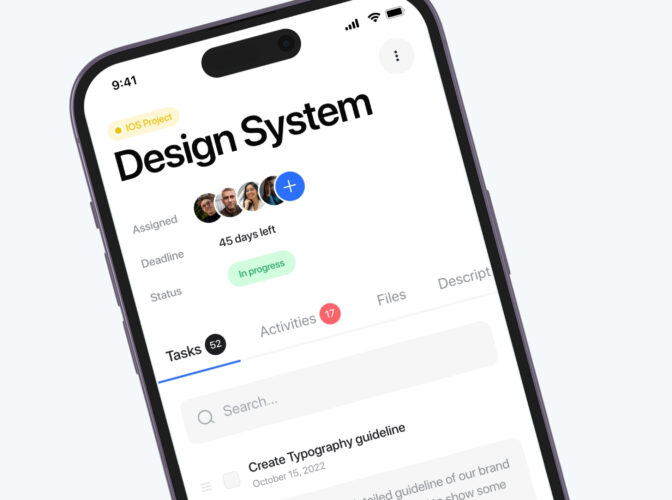Follow Taylor’s journey to becoming a design systems expert from high school newspaper to Design Systems Lead.

Taylor Cashdan
Written by Taylor Cashdan
Published on
Last updated
Hi, I’m Taylor, a Raleigh-based multidisciplinary creative and community builder that’s passionate about people, design, and all the intersections in between. I bring to the table a burning desire to collaborate with teams tasked with creating exceptional work for people who give a shit.
My design journey
If we rewind back to grade school, my first taste of design was via my high school newspaper—designing ads, drawing cartoons, and building page layouts. My original intent was to become a journalist, so I set out on that path when searching for colleges. When I landed at North Carolina State University, I immediately joined the Technician newspaper staff there for the familiarity and community. During my 4.5 years, I changed majors just about every semester until I was able to basically build my own curriculum and degree.
Long story short, I have a degree in Technology, Design, and Engineering Education with a concentration in Graphic Communication. In my senior year, I snagged a graphic design internship and thus locked my path into the design world.
From graphic design to design systems
I fell into design systems sort of accidentally. While I was working at Fidelity Investments, the team I was assigned to was between managers so I was helping out other teams in the meantime. A project popped up where they hired EightShapes to come in and help establish a design system for the business unit I reported to. As soon as I started getting involved with that work, I was hooked.
“Design systems gave me a chance to play at the tree and forest levels of the organization.”
I realized that design systems gave me a chance to play at the tree and forest levels of the organization—helping to work on project-level experiences and higher-order strategies. At that point, I was absorbing everything I possibly could with the intent of ensuring my contract was renewed. That single-business-unit project became a firm-wide initiative a few months later and since I became an embedded resource on that team, I was able to convert to full-time dedicating the majority of my day to the Providence Design System.
The power of mentorship
Mentorship comes in many forms and has been essential to my growth as a human, both in and outside of work. I followed the mantra, “if you feel like you’re the smartest person in the room, then you’re in the wrong room” and constantly sought out ways (and people) to challenge and harden my perspective on design and the world. I’ve had formal and informal mentors over the years, and each one of those individuals has played a unique part in my trajectory thus far.
Advice for design system learners
Remember that no matter how many articles you read or talks you hear, there is no one, single way to do this work. Every organization has different needs. A good design systems practitioner can leverage their knowledge in ways that best suit the problems at hand while also being the voice of change for what’s needed in the future. Lauren LoPrete said it best:
“Design systems are culture change disguised as a UI kit.”
There is, and always will be, more to learn. Be open to that new knowledge, challenge your own opinions, and know when to hold your ground as a subject matter expert and when to let others hold the mic.
If you’re considering a career in design systems, I recently wrote down some thoughts that might help you understand the work ahead: “thoughts to consider when pursuing a career in design systems”.
Want to keep up with Taylor? Follow him on Dribbble, Twitter, Medium, and LinkedIn, and find him mentoring students in Dribbble’s Scaling Design Systems Course.
Written by Taylor Cashdan
Published on
Last updated






